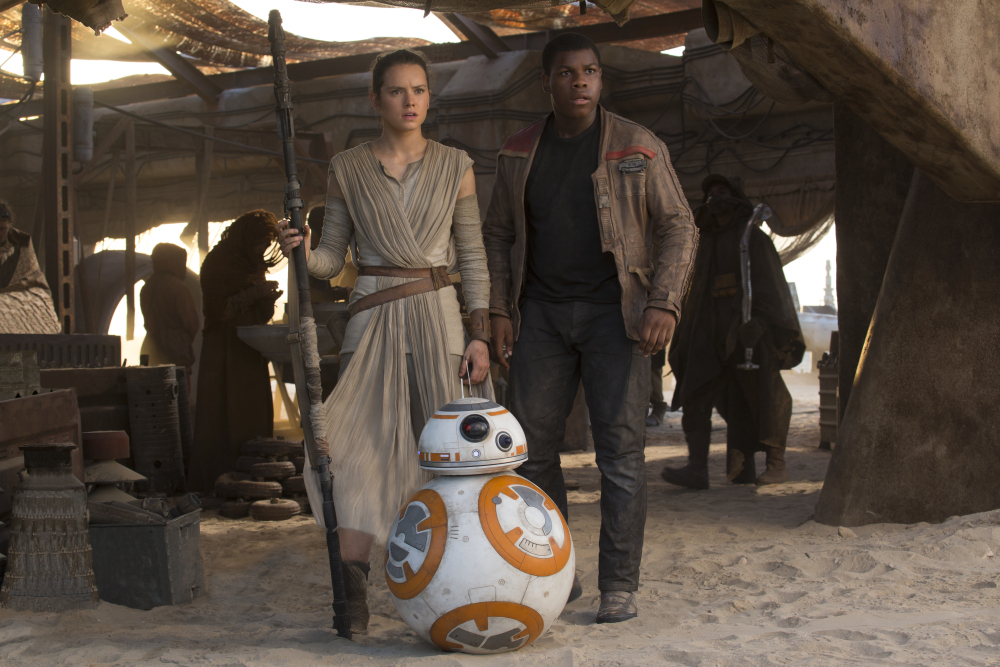Since A New Hope, Women Have Gone from Speaking 6% of the Dialogue in Star Wars to 28%

[Update: A number of readers have asked about the fact that James Earl Jones’ performance as the voice of Darth Vader isn’t accounted for in the New Hope statistics cited here. Since the software is concerned with on-screen representation, Darth Vader wasn’t counted as character of color, due to his on-screen whiteness. James Earl Jones made a legendary contribution to the franchise, and he deserve the accolade of first actor of color to speak in a Star Wars movie. But Star Wars is still on the hook for taking until The Empire Strikes Back, where Lando Calrissian was played by Billy Dee Williams, to show a person of color speaking on-screen.]
A recent analysis of dialogue in the Star Wars franchise revealed just how far these movies have come for representation – and how much further they have to go. Shri Narayanan, an engineering professor at USC, has been working with his team of doctoral and undergraduate students at the Signal Analysis and Interpretation Laboratory (SAIL), to develop software that can automatically analyze a movie clip and determine who’s in the scene, details about each actor’s race and gender, and how long each person spends speaking.
Now, Narayanan emphasized that this tool is a work in progress. Given all the inherent biases that researchers can bring to the table, a tool which looks to quantify characteristics such as “gender” and “race” is bound to run into problems with misidentifying and leaving out certain identities.
Still, even with these caveats, Narayanan had some encouraging and intriguing statistics about Star Wars to share with Variety. In 1977, only 6.3% of the dialogue in A New Hope was spoken by women, and none of it was spoken by people of color. In 2015, women had 28% of the dialogue in The Force Awakens, and people of color had 37.5%. Rogue One, while not part of a main trilogy, had a franchise-high 44.7% of dialogue spoken by people of color, and a less impressive 18% by women.
(Sorry, readers, but I couldn’t track down the numbers for women of color specifically. That representation is crucial, and I hope the USC team is looking at those statistics. Even more, I hope they’ll publish them where I can share them with you all.)
“One of our motivations is to see more (diverse) representations, especially those that are facing children,” said Narayanan about his team’s research. “You create what this sort of norm is, implicitly or subconsciously: that women look like this or that mostly, [that] these movies should have this type of race, but the world is not that way.”
And with global, generation-spanning franchises like Star Wars, the impact of their casting choices is far greater than an average movie. As Narayanan pointed out, “the global reach of this media talks to people around the world, for years to come, for generations to come.”
Here’s hoping that, as it expands with more movies, the franchise will use that staying power to send a more inclusive, forward-thinking message to its massive audience.
(Via Variety; image via David James and Lucasfilm)
Want more stories like this? Become a subscriber and support the site!
—The Mary Sue has a strict comment policy that forbids, but is not limited to, personal insults toward anyone, hate speech, and trolling.—
Have a tip we should know? tips@themarysue.com